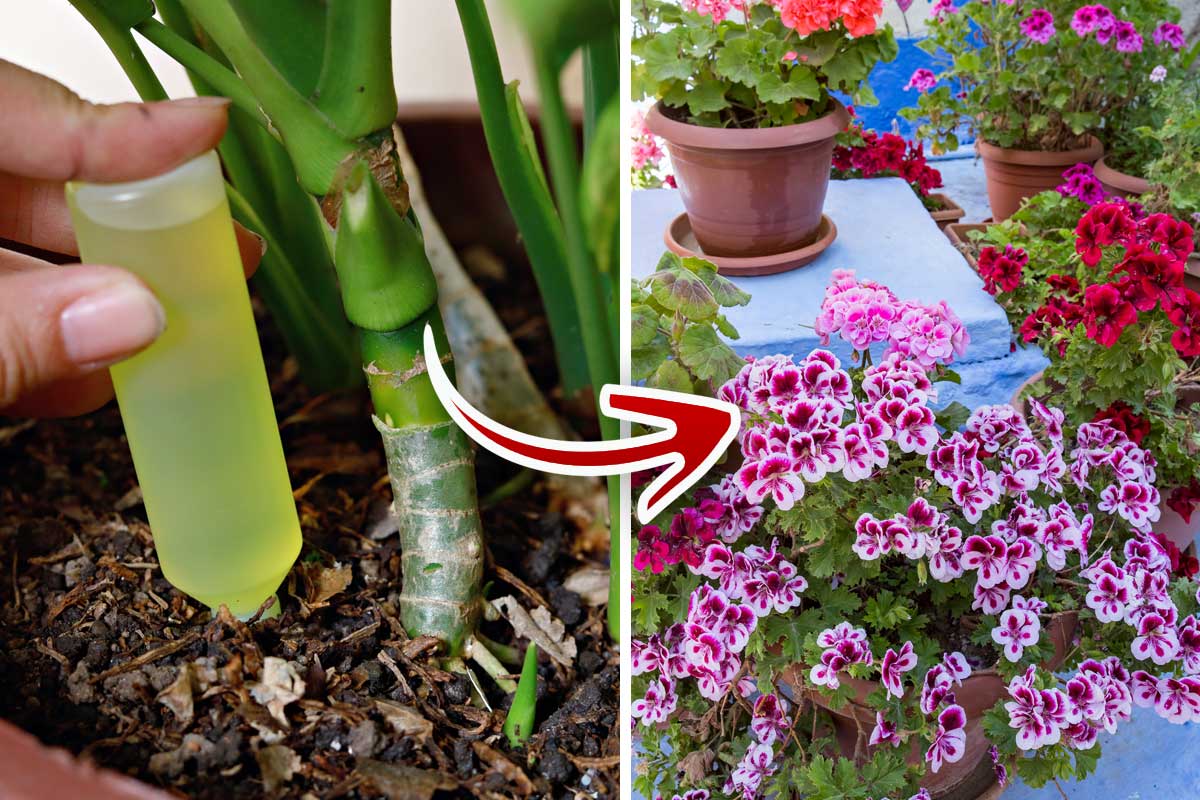
Potted plants require special care to flourish and thrive. This is totally different from plants that are planted in the ground and can go in search for the nutrients they need to survive.
That said, we are responsible for caring for our container gardens. This begins with the proper size of the container. Always read the plant label to gain an understanding of how big the plant will grow.
Once you decide what container is best, take a look below at some more helpful tips for beginners to keep their potted beauties thriving.
Use the Right Soil
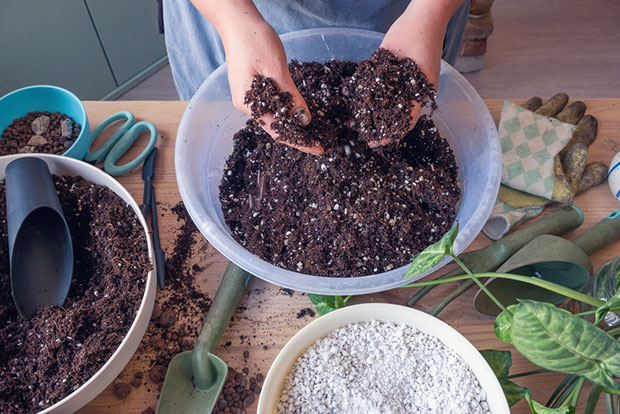
Soil is the foundation for your plant’s life, growth, and survival. There are many potting soil brands on the market that include fertilizers built in to get you started.
They usually include a scientific mix of soil, nitrogen, potassium, phosphorus, and other trace minerals if calcium, surfer, and magnesium all helpful for a healthy plant. Unfortunately, these are used quickly and additional fertilizing is necessary. Ironically, many planting mixes on the market contain no soil at all. They are made with peat or perlite making them weight-less and provide ample drainage.
Keep in mind these soil mixtures do not contain any nutrients that are essential for growth. This is where fertilizer enters the plant picture.
Tip: Water the soil first and then add the liquid fertilizer.
Use Liquid Fertilizer
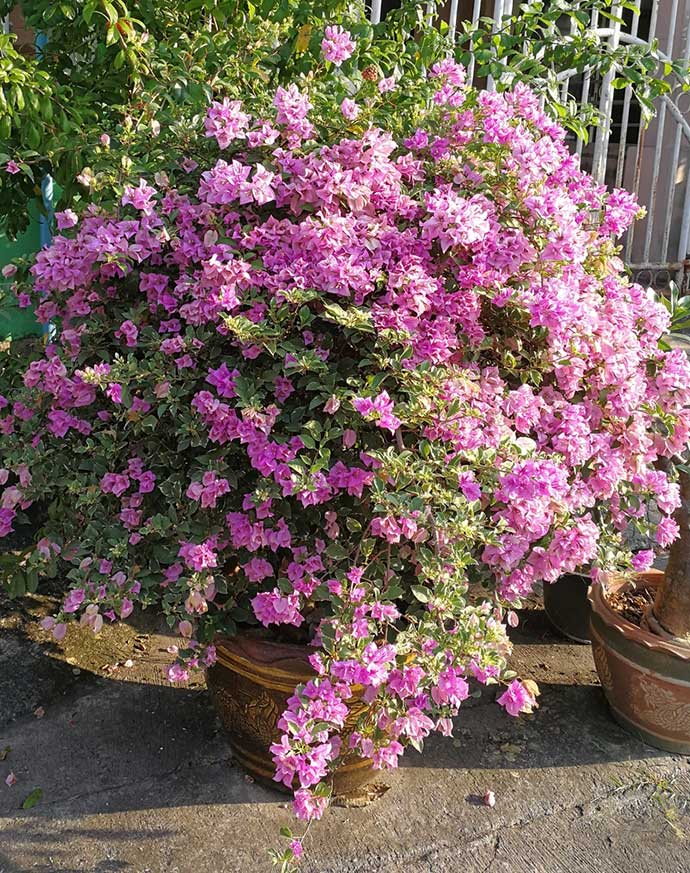
Liquid fertilizer and feeds that are added to water are preferred. They are usually easier and safer to use than solid types that have a tendency to burn the plant’s roots.
Following the package directions, simply measure the appropriate amount as stated on the product label, add to a watering can, and water away.
It is recommended to feed small amounts frequently instead of large amounts once in a while. Refrain from feeding potted plants at the end of the summer.
Tip: Use an organic, water-soluble plant food instead of a chemical-based brand.
Fertilizer for Flower Pots
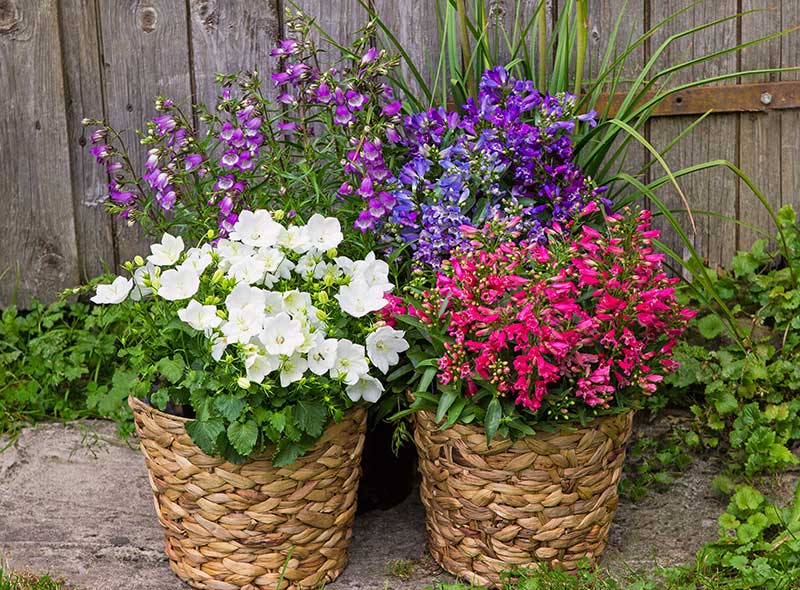
If you want lush flowers to bloom for your potted flowers, stimulate blooming by using fertilizers with a high percentage of phosphorus than nitrogen and potassium.
Since healthy flowers originate at the roots, a potassium boost will ensure the potted flowers have a healthy start.
Generally, potted flowers and container gardens should be fed at least once a week starting in the spring until the fall arrives.
Tip: Always make sure there are plenty of holes in the bottom of a pot for excess water to drain.
Fertilizer for Herb Gardens
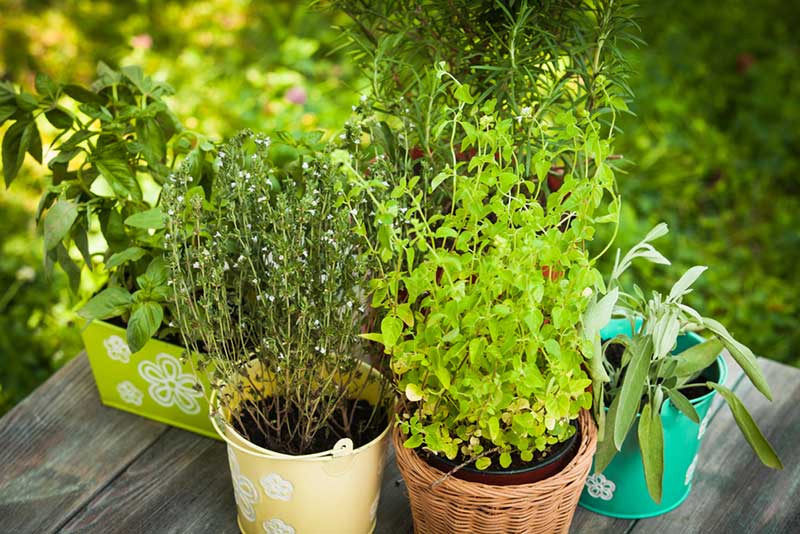
Potted herb gardens are popular because they are easy to grow in a small pot, either inside or outside.
Combine multiple herbs like chives, parsley, mint, and rosemary together, water, and fertilize frequently.
Use topsoil or potting soil and before long, enjoy a lovely, fragrant, edible harvest.
Keep in mind that herbs’ roots are very confined so feed them lightly with a slow-release organic fertilizer.
It is sometimes recommended to use a half-strength organic fertilizer for herbs to thrive.
Tip: Harvesting herbs frequently will encourage new herbs to grow.
Fertilizer for Fruit Containers
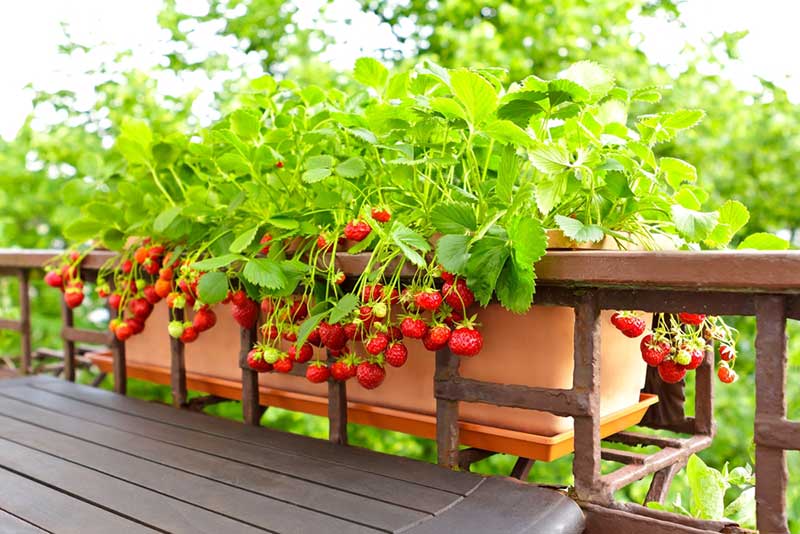
Fruit, like strawberries, grow well in containers. There are special containers that are designed just for strawberries. They feature holes on the sides for the strawberry vines to grow through.
Other fruits that grow well in containers are dwarf varieties of orange, pear, and apple trees.
Use potting soil that is light, so there is less pressure or weight on the roots. Make sure there is ample drainage at the bottom of the plant. Simply cut holes in the container.
Use a liquid organic fertilizer with plenty of potassium for the plant to produce fruit.
Tip: Dwarf or mini fruit trees are self-fertile and don’t need other trees to cross-pollinate in order to produce fruit.
Fertilizer for Vegetable Containers
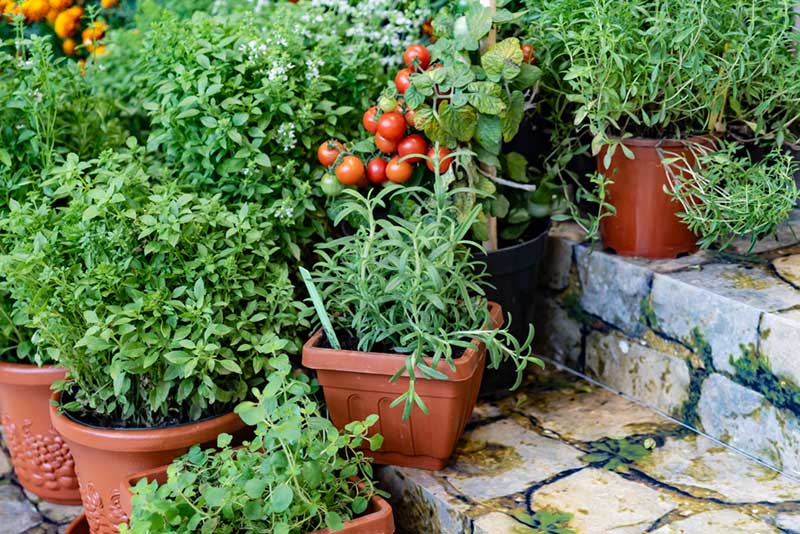
Vegetables like lettuce, onions, spinach, green onions, and chilies grow exceptionally well in containers.
Regular feeding is necessary for a much-needed nutrient boost that will ensure your plants continue to grow and produce vegetables.
Fertilizers should contain the nitrogen, potassium, and phosphorus the growing vegetables need the most.
Tip: Add fertilizer to vegetable plants after thoroughly watering the soil.





